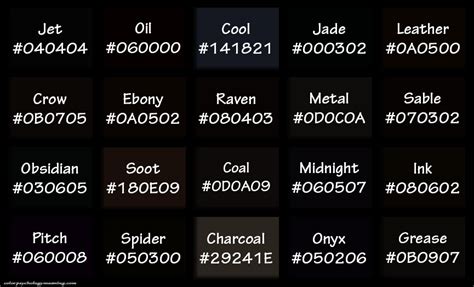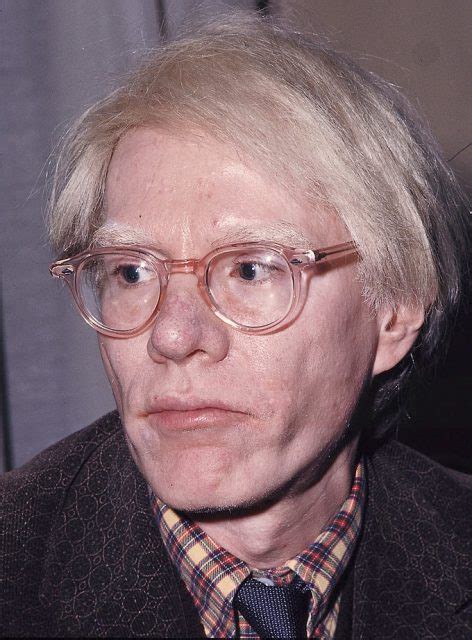Introduction
Andy Warhol, the illustrious artist renowned for his Pop Art revolution, left an indelible mark on the world of fashion and style. Among his most recognizable accessories were his ever-present wigs, which became an integral part of his enigmatic persona. This article delves into the fascinating history and significance of Warhol’s wigs, exploring their transformative power and revealing the layers of meaning they conveyed.

The Genesis of Warhol’s Wig Obsession
Warhol’s fascination with wigs emerged in the early 1960s, amidst the burgeoning Pop Art movement. As he sought to challenge traditional norms and embrace a more unconventional aesthetic, he began experimenting with wigs as a means of self-expression. By covering up his own hair, Warhol created a blank canvas upon which he could project various identities and personas.
The Evolution of Warhol’s Wigs
Throughout his career, Warhol experimented with a wide array of wigs, each possessing a unique character and purpose. From the sleek and silvery “Factory Bob” to the flamboyant “Brillo Pad” and “Dollar Bill” wigs, each creation served as a commentary on consumerism, celebrity culture, and the malleability of identity.
Factory Bob
The “Factory Bob” was Warhol’s signature wig, worn almost exclusively during the 1960s. Its blunt, chin-length cut and platinum blonde color exuded an air of androgyny and detachment. Warhol’s choice of a bob, a traditionally feminine hairstyle, subverted societal expectations and challenged gender norms.
Brillo Pad Wig
The “Brillo Pad” wig, crafted from the coarse, abrasive material of Brillo scouring pads, was a bold statement about the commodification of art and consumer culture. By adorning his head with the mundane cleaning product, Warhol blurred the lines between high art and everyday objects, satirizing the obsession with consumerism and mass production.
Dollar Bill Wig
The “Dollar Bill” wig, composed of meticulously assembled dollar bills, epitomized Warhol’s fascination with money and its ubiquitous presence in American society. Worn to events such as the 1981 Metropolitan Museum of Art Costume Institute Gala, the wig served as a reminder of the pervasive influence of capitalism and the interplay between art and commerce.
The Symbolic Significance of Warhol’s Wigs
Beyond their aesthetic impact, Warhol’s wigs held profound symbolic meanings that reflected his artistic and personal beliefs.
Anonymity and Transformation
The wigs allowed Warhol to conceal his true self and project a curated image to the world. Behind the artificial hair, he could escape the scrutiny and expectations placed upon him as an artist and become a disembodied observer of his own life and the world around him.
Consumerism and Identity
Warhol’s wigs mirrored the disposable nature of consumer products and the ephemeral quality of identity in modern society. By changing his wigs frequently, he emphasized the fluidity and constructed nature of the self, mirroring the rapid pace of consumerism and the idea that identity could be bought and sold like any other commodity.
Art as Metaphor
The wigs themselves became works of art, extensions of Warhol’s artistic practice. By wearing them, he blurred the boundaries between art and life, inviting viewers to question the nature of representation and the role of the artist in constructing meaning.
Impact on Fashion and Culture
Warhol’s wigs had a profound impact on fashion and culture, inspiring designers, musicians, and artists alike. His use of unconventional materials and his willingness to challenge gender norms and traditional aesthetics paved the way for a more experimental and inclusive approach to personal style.
4 Key Takeaways from Warhol’s Wig Obsession
- Wigs as a Tool for Self-Expression: Wigs empower individuals to explore different aspects of their identity, transcending the limitations of their natural hair.
- Consumerism and the Construction of Identity: The materials used in Warhol’s wigs highlighted the commodification of identity and the role of consumer culture in shaping our self-perception.
- Art as a Mirror of Society: Warhol’s wigs reflected the broader social and cultural trends of his time, shedding light on issues such as anonymity, consumerism, and the malleability of identity.
- The Enduring Legacy of Andy Warhol: Warhol’s wigs continue to inspire creatives today, encouraging innovation and challenging traditional notions of beauty, art, and self-expression.
Conclusion
Andy Warhol’s wigs were not mere fashion accessories; they were powerful artistic statements that embodied his complex worldview and challenged societal norms. Through their transformative power, they invited viewers to question the nature of identity, the commodification of art, and the fluidity of the self. Warhol’s legacy continues to inspire generations of creatives, demonstrating the enduring impact of his artistic vision and the transformative potential of embracing unconventional aesthetics.
Tables
Table 1: Timeline of Warhol’s Wigs
| Year | Wig Type | Significance |
|---|---|---|
| 1962 | Factory Bob | Signature wig; androgynous and detached style |
| 1964 | Brillo Pad | Commentary on consumerism and mass production |
| 1965 | Dollar Bill | Satire on capitalism and the influence of money |
| 1970s | Various | Experimentation with different colors, textures, and materials |
| 1980s | Blonde Pageboy | Return to classic wig style |
Table 2: Materials Used in Warhol’s Wigs
| Material | Purpose |
|---|---|
| Platinum blonde synthetic hair | Factory Bob |
| Brillo scouring pads | Brillo Pad |
| Dollar bills | Dollar Bill |
| Human hair | Various |
| Plastic | Various |
Table 3: Symbolic Meanings of Warhol’s Wigs
| Symbolism | Explanation |
|---|---|
| Anonymity | Concealment of true self; projection of curated image |
| Consumerism | Reflection of disposable nature of products; fluidity of identity |
| Art as Metaphor | Extension of Warhol’s artistic practice; blurring of boundaries between art and life |
| Gender Fluidity | Subversion of societal expectations; challenge to traditional gender norms |
Table 4: Impact of Warhol’s Wigs on Fashion and Culture
| Impact | Example |
|---|---|
| Inspiration for designers | Yves Saint Laurent’s “Pop Art” collection |
| Influence on musicians | David Bowie’s androgynous style |
| Challenge to traditional aesthetics | Promotion of experimentation and inclusivity in fashion |
| Encouragement of self-expression | Empowerment of individuals to explore different identities through wigs |
